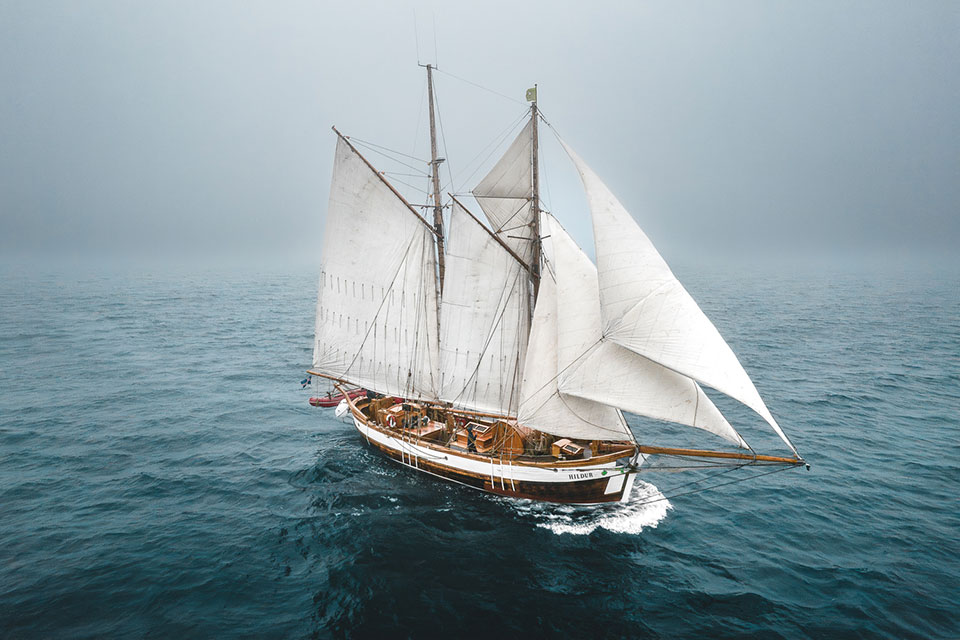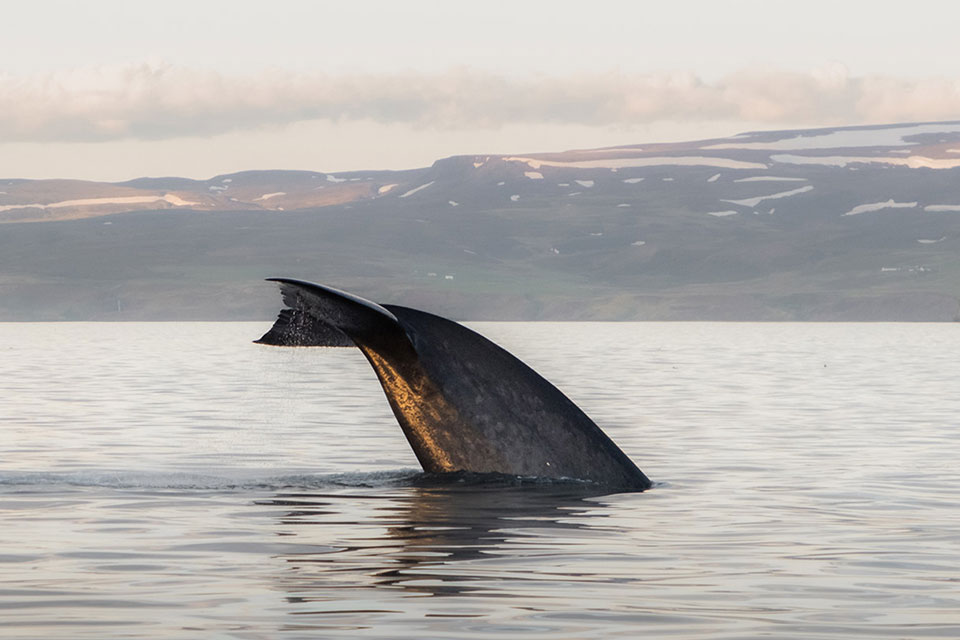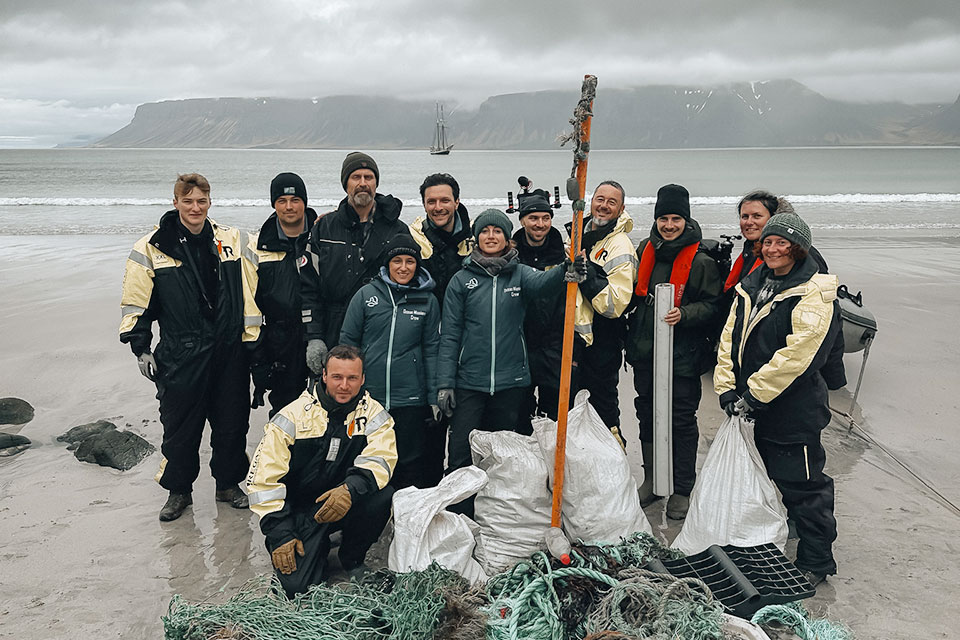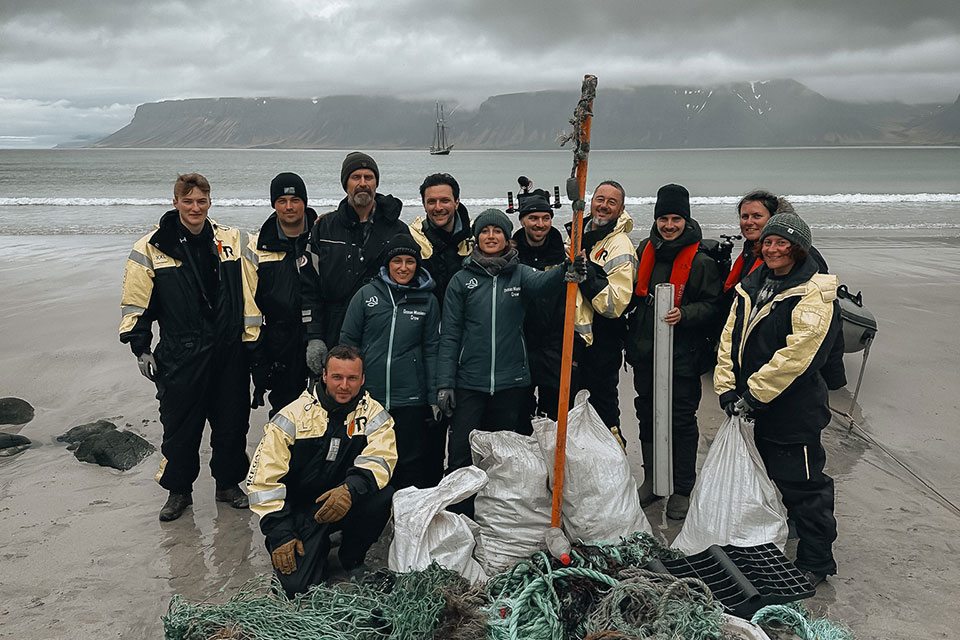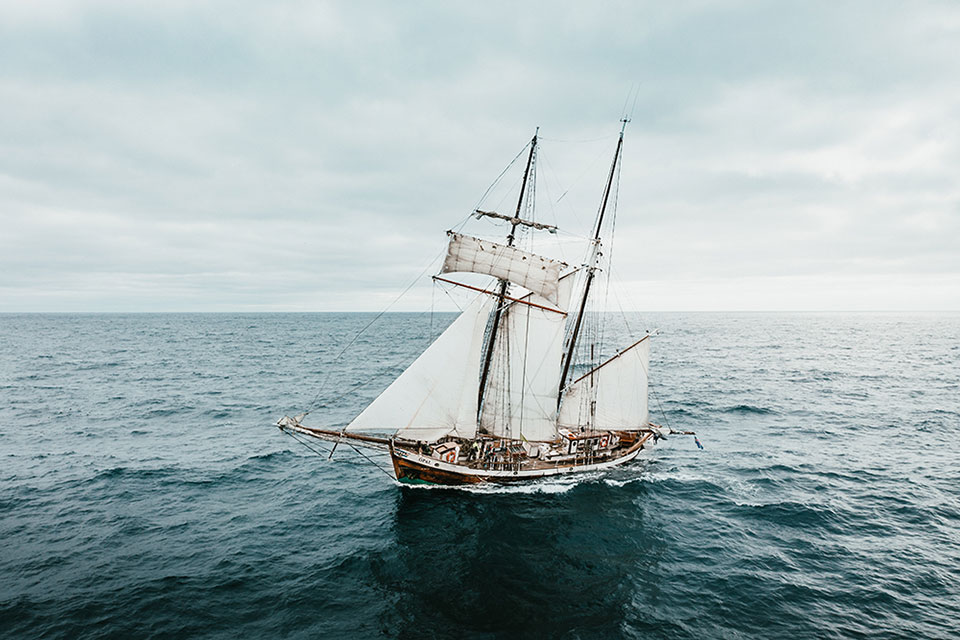Long live the Puffins in Iceland! Discover how are the colonies doing, what treaths are they facing and how can you help!
Iceland is one of the most popular places worldwide for bird watching and puffins have become an important icon for the country, especially with the increase in tourism in recent years. Iceland is home to the world’s largest Atlantic puffin (Fratercula Arctica) colony, with 8 to 10 million puffins, accounting for more than 60% of the global population.
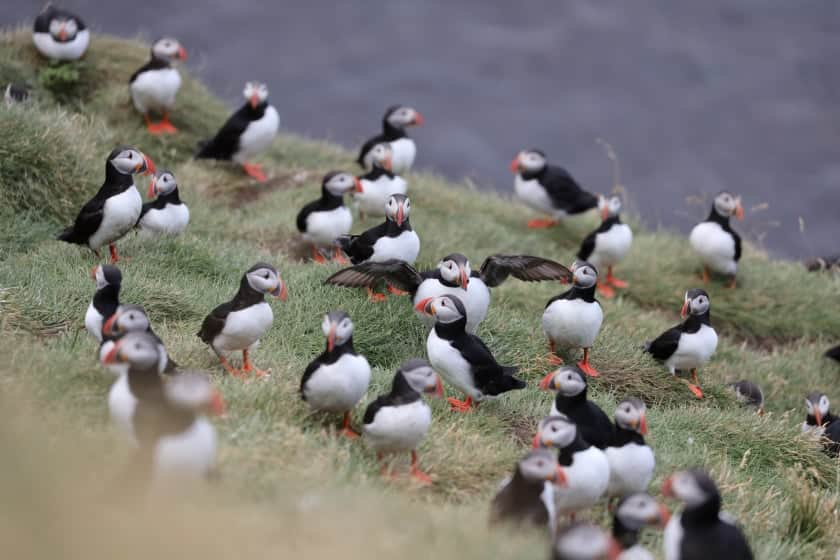
Iceland, one of the best places to see puffins!
Here in Húsavík, one of the gems of our precious Skjálfandi Bay, is Lundey or the Puffin Island. As wildlife guides, we take people at sea to see these birds that are nesting on the island during the summer time, and they love it!
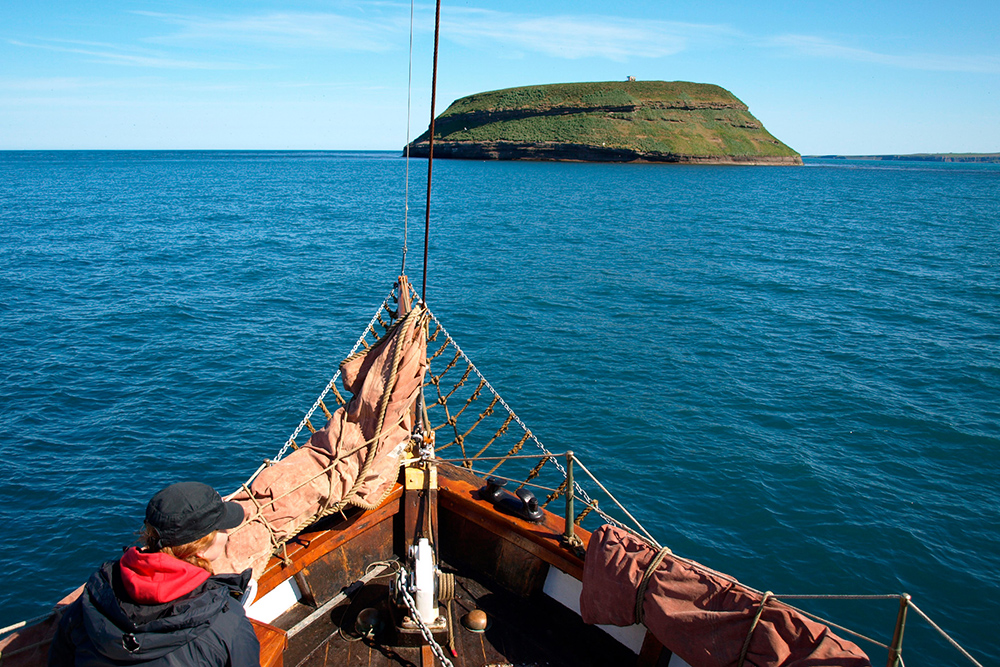
About their biology
These guys are very funny and extremely interesting! I could be hours and hours staring at them and spying their daily life! The puffins only touch land when they are nesting. As with many other seabirds, they are very loyal to their nesting grounds, as they always come back to the same burrow and with the same partner (if possible!). This makes them very vulnerable to any change in the environment. They only lay one egg per couple and per season, reaching sexual maturity at age of 4 or 5 years old (when they finally settle in one colony and start breeding) and they can live more than 40 years!
The Puffin Island is a nesting ground for around 36.500 active breeding pairs. Further, the Westman Islands off Iceland’s south coast is home to the world’s largest Atlantic puffin colony accounting with 1.125 million active burrows. But since some years we worry about the status of the populations and we wanted to learn more from the expert Erpur Snær Hansen and his bird team.
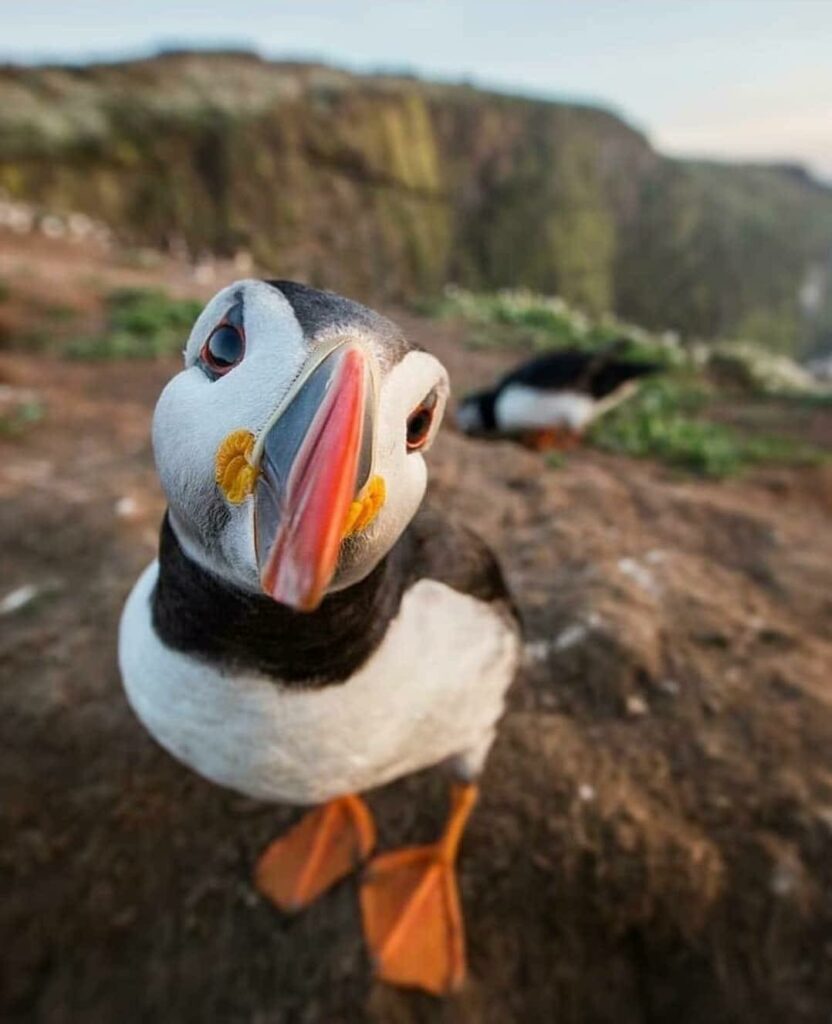
Since the last 17 years the colonies have been declining around 40%. For the puffins, breeding has been a “total failure” since 2005, according to the South Iceland Nature Center.
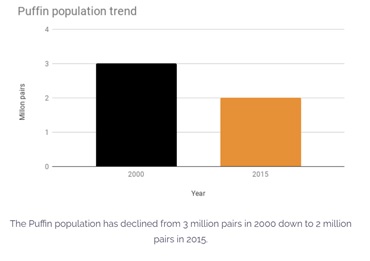
Climate Change
This decline on the puffin populations points to a disappearence of the sandeel (their main prey) due to ocean warming. Some fish stocks may be changing location or moving north as a results of a rise in the water temperature. Other threats are overfishing, pollution and increased stormy conditions. We are seeing the effects on the colonies all around Iceland and especially in the South. The Puffin Island is the colony that is doing the best this year according to the recent results of the Puffin Rally June 2020, published by Náttúrustofa Suðurlands.
“Good news! Lundey island in Skjálfandi Bay in North Iceland has seen a 13% increase in burrow usage this year!”
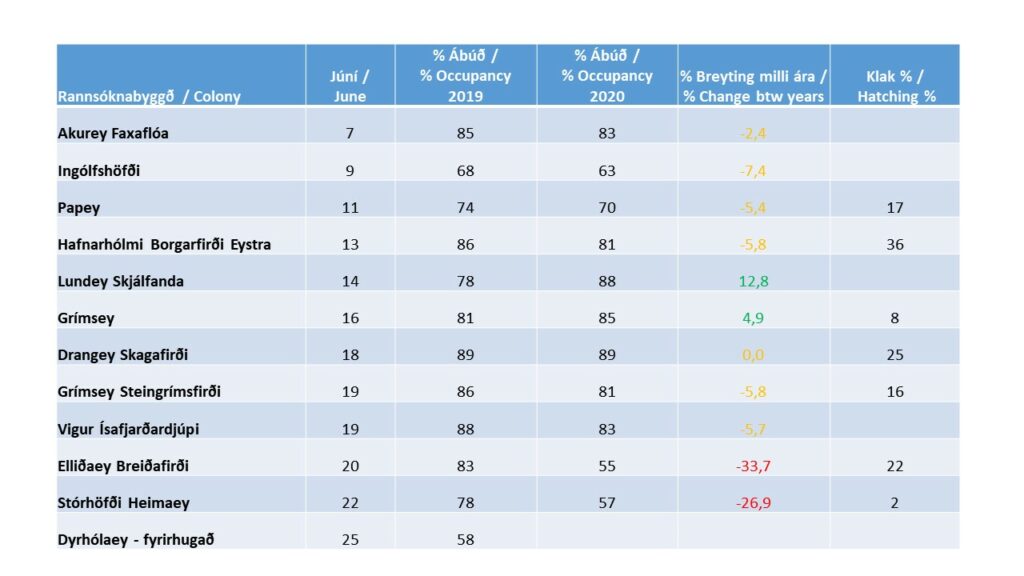
Puffins are very energetic birds. They spend an incredible amout of energy in their daily lives at sea since they need to flap their wings 300-400 times per mintues to keep flying during their foraging flights. This effort forces the puffin to keep eating constantly to cope with his energetic costs. During summer, they have to eat twice the amount to supply the demands of the tiny chick that is waiting in the burrow. If they dont find enough food, or they have to travel too far to find it, they will starve or give up on raising their chicks.
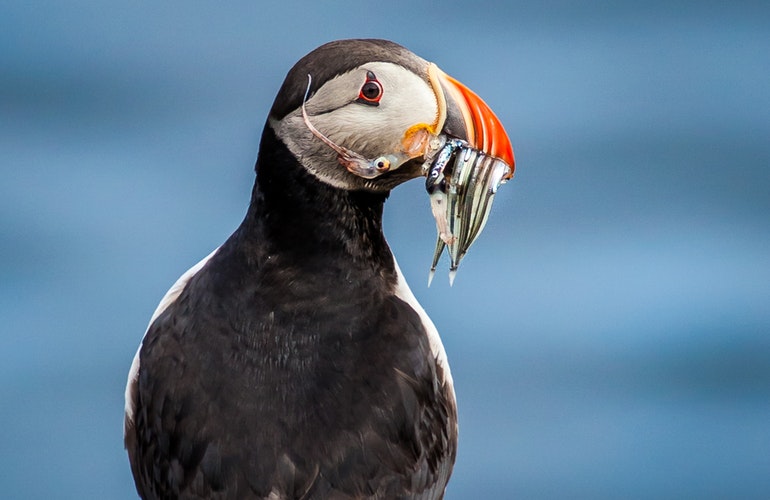
In addition , in some places, like in the Puffin Island, local hunting still occurs as an icelandic tradition. It is estimated that these cathes in the Puffin Island are between 5000 a and 10.000 thousands of them per season which means up to 12% of the population.
“With over half of the world’s Atlantic Puffins nesting in Iceland we therefore have a responsibility to protect them”
We would like to raise our voice to protect these amazing creatures in the puffin island. Who knows for how long they will make it to come back here? In 2017 puffins were enlisted as „endangered“ species by the European Red List of Birds and as “vulnerable” on the IUCN Red List in 2015. Read more: IUCN Red List: Puffins.
For next year we would like to start a campaign to raise awareness about protecting the puffins and banning the puffin hunting as the ultimate goal with the support from the local authorities, researchers, whale watching companies and land owners.
You can join the efforts with a small donation, a letter of support or a proposal.
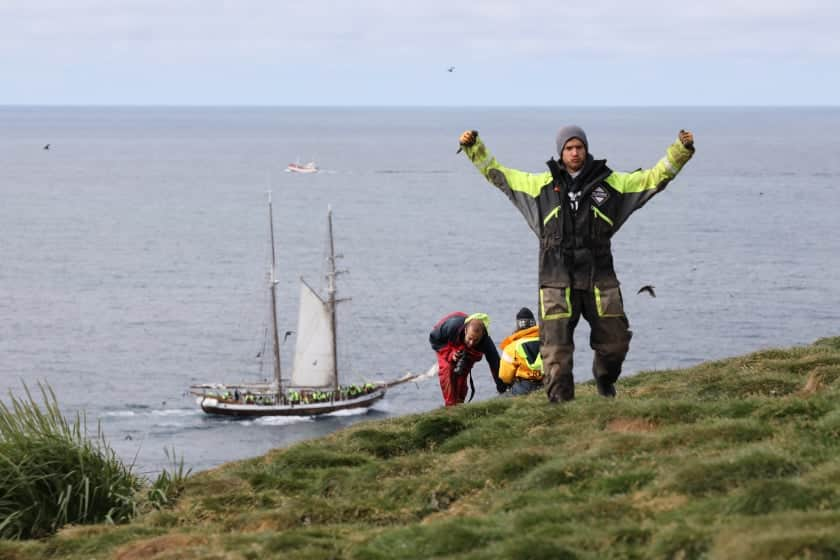
See the video!!! 😀




